Joyful, Comprehensive Early Literacy Instruction
Coming in June 2026
Pinecone Path™: A Curriculum for the Year Before Kindergarten ensures that children develop the literacy, oral language, executive functioning, and social skills necessary to thrive in elementary school. Educators using Pinecone Path also thrive, fully equipped to provide sensitive, encouraging interactions and engaging, effective instruction.
Join us on the Pinecone Path to kindergarten literacy readiness—where reading science, joyful learning, and quality relationships meet.
Pinecone Path will be published June 2026 and available for implementation in the 2026–27 school year.
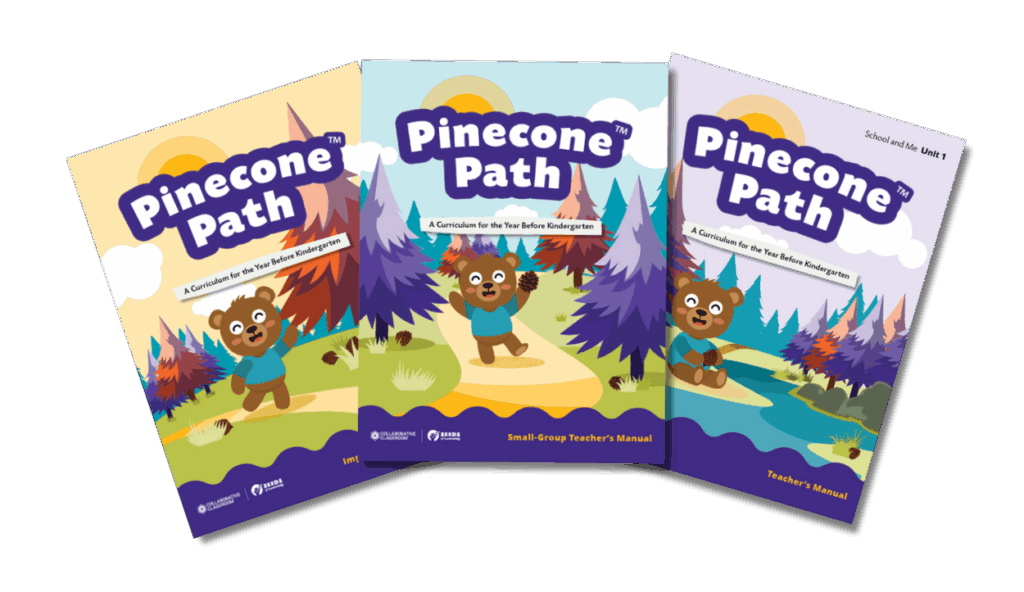
A Proven Pathway to Kindergarten Readiness
Aligned with the research on early childhood development, Pinecone Path: A Curriculum for the Year Before Kindergarten:
- builds on the proven success of the evidence-based SEEDS Professional Learning Framework
- meets state and national standards
- is aligned with practices encouraged by professional organizations such as the National Association for the Education of Young Children (NAEYC)
The program supports children’s growth across three key areas of development:
| Early Literacy Skills | Social Skills | Approaches to Learning and Executive Functioning Skills |
|---|---|---|
|
|
|

Register Now for an Informational Webinar
Join us on January 27 for a webinar about the new Pinecone Path curriculum. Attend live or receive the recording.
A Cohesive Instructional Journey, Pre-K–Grade 5
Pinecone Path is instructionally aligned with our evidence-based and highly regarded comprehensive K–5 ELA curriculum, Collaborative Literacy.
Students who experience Pinecone Path’s comprehensive early literacy instruction during the year before kindergarten are primed for reading and writing success with Collaborative Literacy throughout elementary school.
How Pinecone Path Works
Pinecone Path provides everything that educators need to prepare children for kindergarten literacy success through an intentional blend of playful learning and explicit instruction.
Movement, play and games, songs and chants, and poetry and high-quality trade books engage children in developmentally appropriate ways.
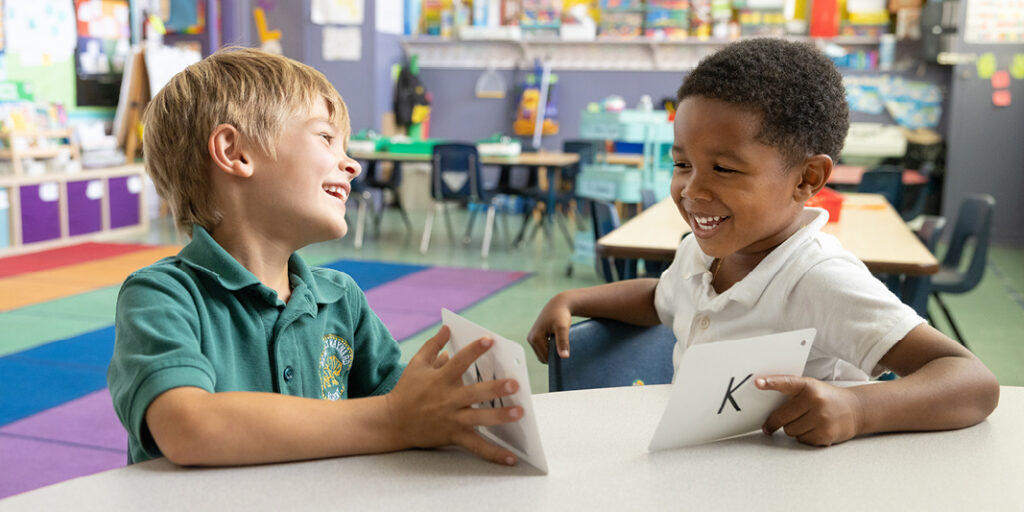
Flexible, Adaptable, Easy to Implement
The flexible design of Pinecone Path makes it easy for educators to use and adapt the program to the unique needs of their classrooms, schedules, and routines, thanks to:
- Short, fully articulated lessons that fit easily into the busy day
- A generous array of play center activities designed to complement learning
- Embedded professional learning in every lesson and 24/7 implementation support for educator questions
Pinecone Path can serve as your comprehensive literacy curriculum or as a flexible supplement in any Transitional Kindergarten (TK) or Pre-K setting.
An Intentional, Student-Centered Approach to Teaching and Learning
Pinecone Path goes beyond whole-class lessons, building learning through three interconnected and mutually supportive types of instruction. This layered approach ensures that every student is engaged, supported, and challenged.
Lessons include assessment checkpoints, with reteaching lessons or suggestions built in. Educators can easily monitor student progress and respond with targeted support—without needing to reinvent the wheel.
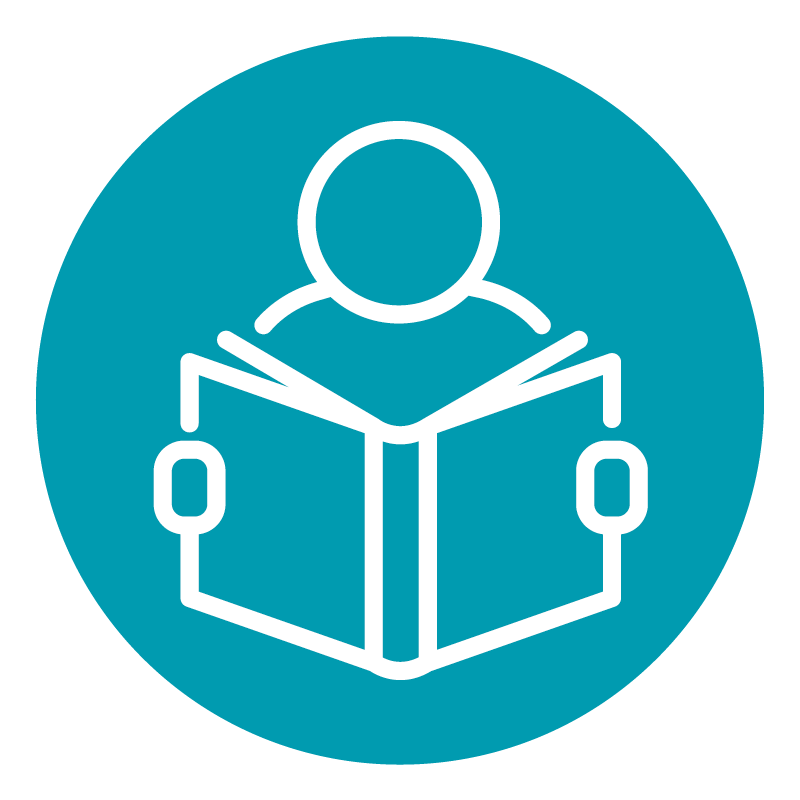
Whole-Class Units

Small-Group Lessons
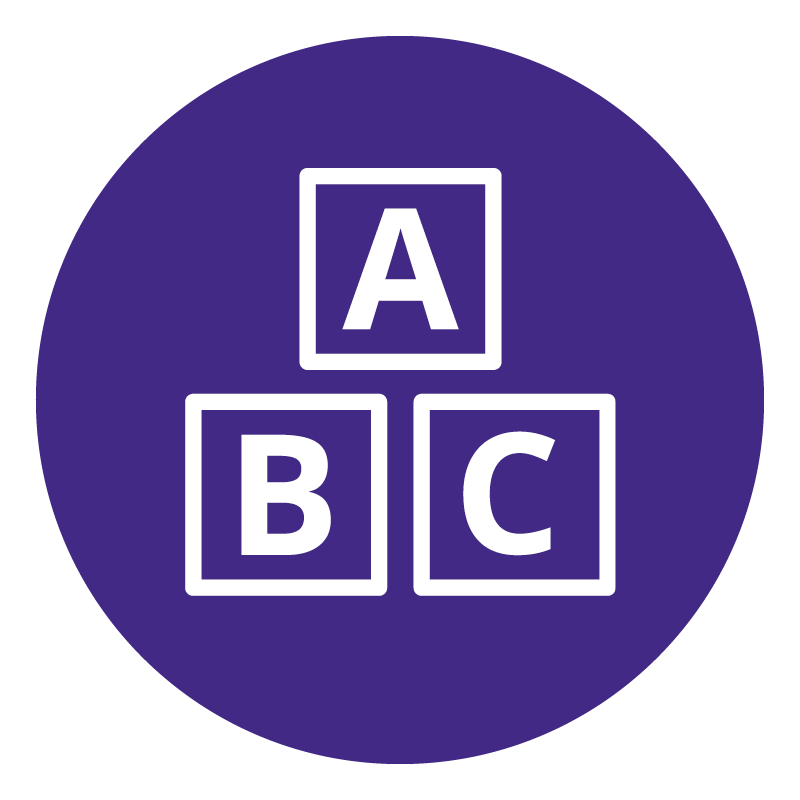
Play Centers
Whole-Class Units
Whole-class instruction is taught through ten topic-based units. Each day students experience Morning Meeting, Reading, and Vocabulary lessons.
Morning Meeting Lessons
Morning Meeting lessons include a daily message, letter name and letter sound instruction, as well as joyful songs, chants, games, and community-building activities connected to the unit’s theme or foundational skills practice.
Reading Lessons
Two types of reading lessons occur across the week: Days 1–3 feature Repeated Read-Alouds of trade books to build knowledge and skills, while Days 4–5 culminate in Shared Reading of songs and poems, focusing on concepts of print and phonological awareness.
Vocabulary Lessons
In Vocabulary lessons, students learn and use new words from the trade books through games, activities, movement, and whole-class and partner discussions, and they also practice their speaking and listening skills.
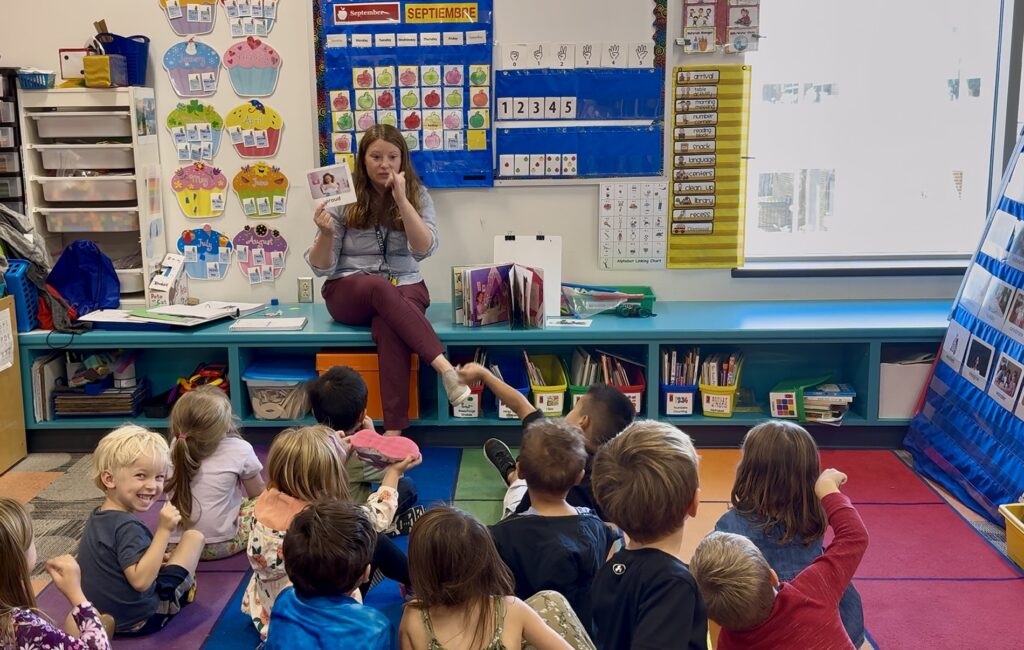
Small-Group Lessons
All students experience Letter Names and Sounds and Writing lessons 1–2 times per week, helping educators provide targeted support in these essential areas. Optional lessons in Oral Language Development are also included for students who need additional support.
Each set of small-group lessons includes 27 fully articulated lessons. Lessons are intentionally sequenced, building upon previously taught content.
Letter Names and Sounds Lessons
These lessons teach letter names and letter sounds, identifying capital and lowercase letters, and understanding the relationship between letters and sounds, all through fun games and activities.
Writing Lessons
These lessons teach early writing skills while also reviewing letter names and letter sounds. Students develop fine motor skills, learn to write their own names, and form capital and lowercase letters.
Oral Language Development Lessons
These optional lessons are designed for students who need additional language support including those who might benefit from extra practice with foundational oral language skills and common vocabulary words.
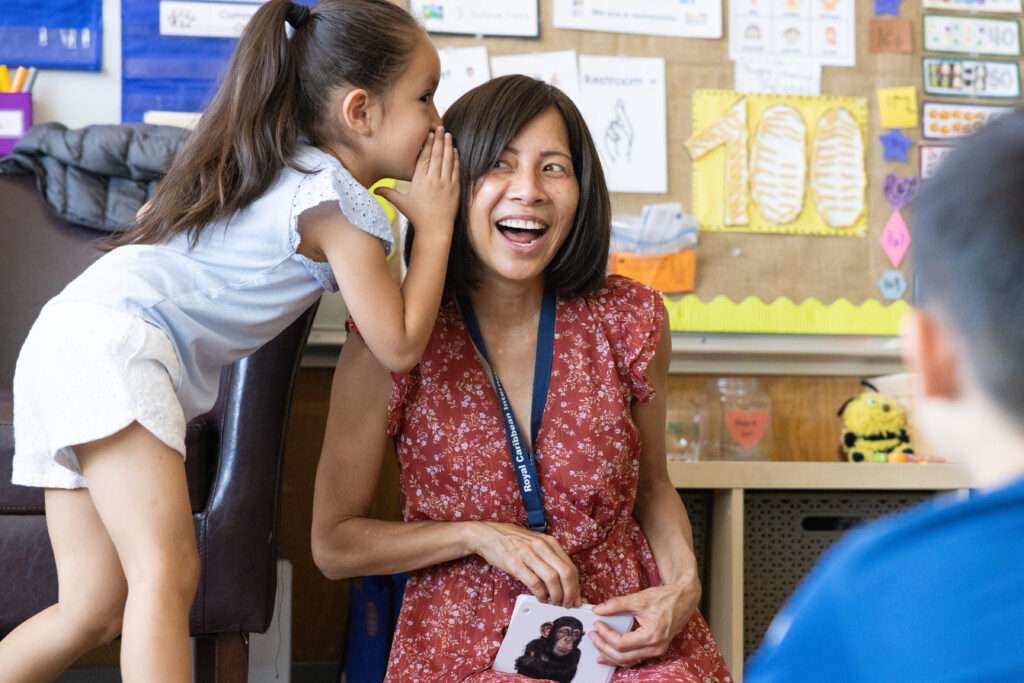
Play Centers
Play Centers offer developmentally appropriate, play-based learning experiences connected to the whole-class and small-group lessons. The program contains seven types of Play Centers: Art, Blocks, Dramatic Play, Math, Reading, Science & Sensory, and Writing.
Every unit of Pinecone Path offers activity ideas for each center, all with the goal of promoting creativity, critical thinking, and social interaction.
Each Play Center activity also includes specific “Strive for 5” conversation ideas that build students’ oral language skills through conversations involving five exchanges between an educator and a student or multiple students.
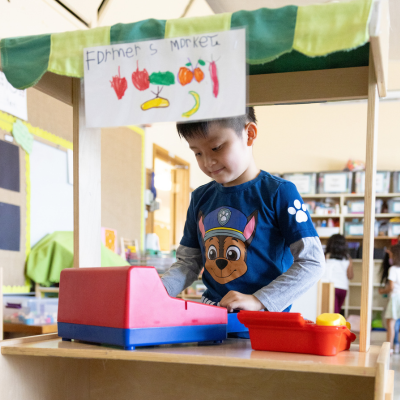
Comprehensive Support for Any Educator
Pinecone Path is an easy-to-implement curriculum that has everything an educator needs to create a nurturing classroom environment, consistently engage in quality interactions, and deliver effective and joyful instruction, including:
- Educative Curriculum: Thanks to the program’s educative design, educators using Pinecone Path are continuously learning, practicing, and reflecting on effective instructional practices as they teach.
- Educator-friendly, fully-articulated lessons that include teaching tips, multilingual learner and accessibility support, discussion ideas, assessment with instructional support, and instructional self-checks.
- Convenient Digital Resources: Access all materials through the Learning Portal —from digital lesson plans and printable student pages to assessment tools and professional learning videos.
- Embedded, Just-in-Time Professional Learning: Educators get exactly the support they need, whenever they need it, from onboarding through implementation, via CC AI Assistant and the wrap-around supports in our Learning Portal.
- Collaborative Coach for Pinecone Path: Our innovative video-based coaching tool, Collaborative Coach, pairs individual educators with an implementation expert for tailored learning experiences.

Don’t Miss Our Upcoming Webinar!
Join us on January 27th for an informational webinar about Pinecone Path: A Curriculum for the Year Before Kindergarten!